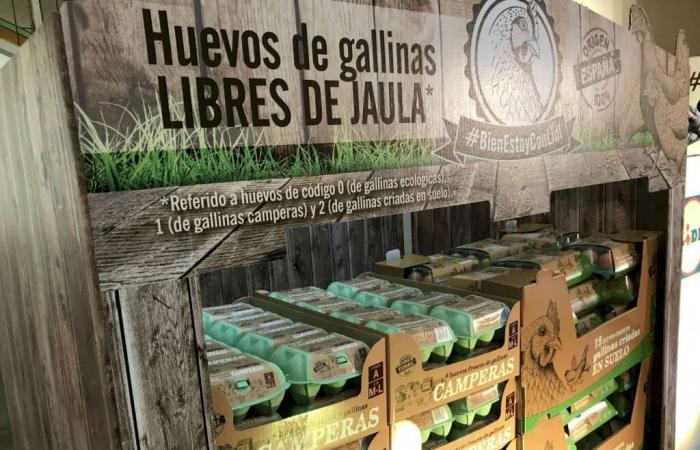The price of eggs is in a sustained ‘in crescendo. March consumer price index (CPI) data, published on Friday, not only confirm the rise -a 7.2% more in relation to the month of February -but also reinforce a very real concern in the hospitality sector.
And basic product, essential in the diet of millions From Spaniards, it is located in the center of a “perfect storm” that combines global and local factors. From the Avian flu to speculation And the structural challenges of the sector, the increase raises questions about its impact on consumers, producers and businesses.
In one of the largest university coffee shops in Madrid, concern for the increase in the price of raw material exists …: «The price has risen a lot, we have noticed it a lot, but I do not have an impact on the consumer price because if not people do not buy; is cut in template”The Cafeteria Chiefand meanwhile, they see their gains Merman in what they expect to be a temporary situation.
A concern that extends tos populations bars more workers in Madrid. Resigned Let’s see how their benefit margins narrow more and more, in this case, an employee of a famous Alcorcón bar, Specialized in tortillas, he reaffirms the situation of his colleague: “We cannot afford prices, We hope that the price goes down. ”And, meanwhile, they see that their profits diminish in what they expect to be a temporary situation.
Josep F. VallsProfessor of the Business School of the Pompeu Fabra Universitydetails digital economy that the increase in the price of eggs responds to a “global factor”, several outbreaks of Aviar flu that have caused the sacrifice Millions of chicken in countries like the United States, which has cut the world offer. “Spain, little affected, has seen its production revalued, which has generated speculative effects due to the forecast of greater demand,” the expert affects.
According to INE data, eggs have increased by 7.2%. If we compare the price with March of the previous year, it is 11.4% more expensive. In February, the difference was a rise in ‘barely’ 3.8%.
“It doesn’t seem like a structural crisis,” Valls reassures. “Unless certain circumstances were maintained such as prolonged aviar flu or sustained inflation, everything points to a medium -term prices stabilization,” he says.
The aviar flu has devastated production Poultry in key countries such as the United States, Canada and northern Europe, forcing the mass sacrifice of laying hens.
In the United States, for example, It has been reduced by 15% From its total egg production, which has generated a global shortage and triggered international demand, which has generated a greater interest in Spanish eggs.
Questioned by digital economy, from the employer of the sector, the Spanish Association of Egg Producers (Aseprhu), this price increase also sees a conjunctural element: “Given the situation of Avian influenza in the countries of northern Europe, there is more demand for Spanish eggs by our EU neighbors.” And Spain, who has managed to stay practically free of the virus Thanks to strict biosafety measures, it has become a key supplier to meet European demand.
According to sector datathe country exports approximately 20% of its annual production to community markets. However, this situation has also generated internal tensions, since external demand contributes to additional pressure on local prices.







